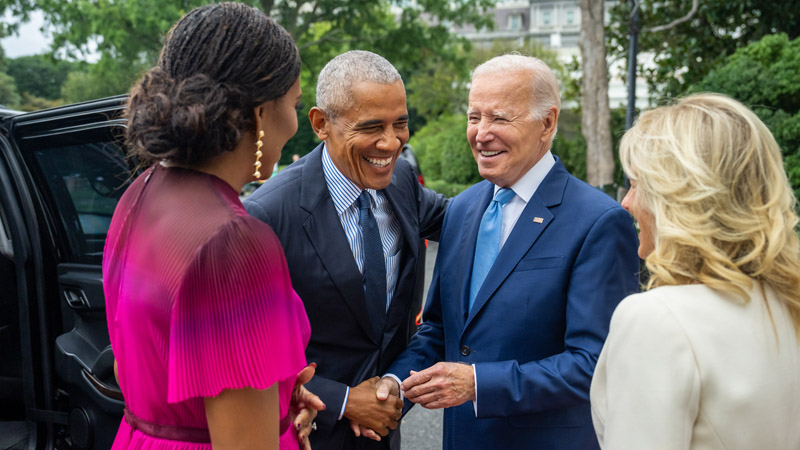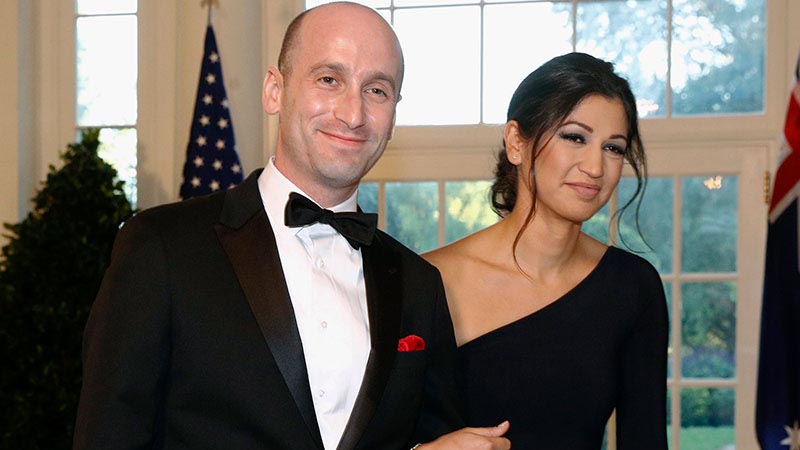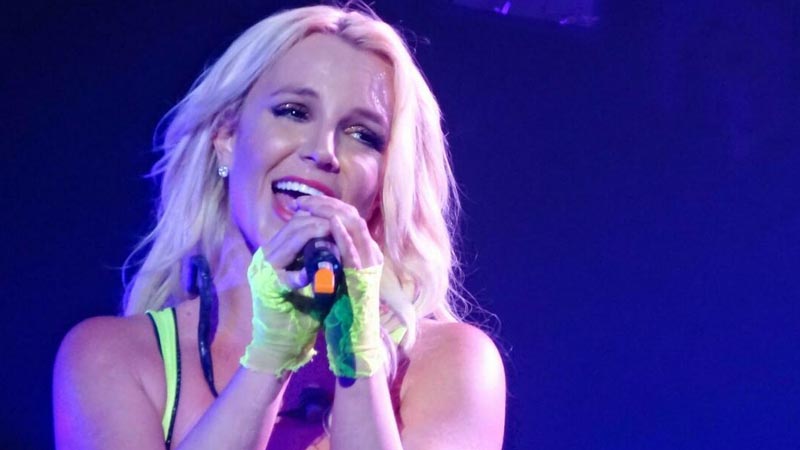Obama’s Unseen Hand in the Biden White House

POTUS/Twitter
The enduring influence of former President Barack Obama within the current administration led by President Joe Biden has recently become a focal point of discussion. Reports have surfaced, notably from reputable sources like The New York Times, highlighting Obama’s active participation in the decision-making processes at the White House.
This involvement marks a significant continuation of his political presence, challenging previous notions that dismissed such influence as mere speculation. In an interesting turn of events, it has been revealed that Obama’s interactions are not limited to President Biden alone. He is also in frequent communication with key figures such as the White House Chief of Staff, Jeff Zients, among other senior officials.
This level of engagement has reignited debates and concerns regarding the extent of Obama’s sway within the Biden administration, suggesting an unofficial extension of his presidency. This notion has been a recurring theme in political discourse, especially highlighted by Donald Trump, the Republican nominee for the 2024 presidential race, reported CNN.
Trump has vocally criticized this dynamic, suggesting that Obama’s influence is tantamount to an unofficial third term in office. This perspective has found resonance among the public, as evidenced by polling data from Rasmussen in January, which indicated that a significant portion of American voters align with this viewpoint.
Adding another layer to this narrative is the strategic positioning of Obama, alongside former President Bill Clinton, in President Biden’s re-election campaign. Their roles are expected to be multifaceted, encompassing advisory duties, surrogate representation, and fundraising efforts. This development has sparked conversations about the potential implications of their involvement, especially in light of concerns regarding President Biden’s health and cognitive capabilities.
The scope of Obama’s influence appears to extend beyond traditional advisory capacities. His proactive involvement in shaping policy, particularly concerning artificial intelligence (AI), underscores his significant impact on the administration’s direction. Months preceding the issuance of President Biden’s executive order on AI, Obama was actively engaged in discussions with leading figures in the tech industry as well as policymakers within the White House.
The New York Times report further elucidates the anticipated roles of Obama and Clinton in the forthcoming re-election campaign for Biden, reinforcing the perception of their pivotal influence in the political strategy and governance approach of the current administration.
As the details of Obama’s continued involvement come to light, they prompt a broader contemplation of the dynamics of power and influence in the White House. The situation raises important questions about the relationship between past and present administrations and the impact of former leaders on the political landscape and policy formulation. Observers and analysts are now faced with the task of deciphering the long-term implications of such relationships for American politics and the principles of presidential leadership.


